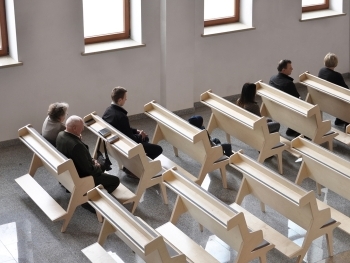In the annals of ancient Rome, few figures loom as large or as enigmatic as Emperor Claudius. Often overshadowed by the towering personas of his predecessors and successors, Claudius nevertheless left an indelible mark on Roman history as the fourth emperor of Rome. His reign, shrouded in intrigue and controversy, offers a fascinating glimpse into the complexities of power and politics in the ancient world. Through the study of artifacts such as the Claudius statue, Claudius coins, and Roman emperor busts, we can begin to unravel the mysteries surrounding this oft-overlooked ruler.
Claudius, known to history as Claudius the Cruel, ascended to the imperial throne in 41 AD, following the assassination of his nephew, Emperor Caligula. Despite his reputation as a reluctant ruler, Claudius proved to be a shrewd and capable leader, guiding Rome through a tumultuous period of transition. His reign, which lasted until 54 AD, witnessed both triumphs and tribulations, as Claudius navigated the intricacies of imperial politics with a mixture of pragmatism and ruthlessness.
One of the most striking representations of Claudius is found in the form of the Claudius statue. Crafted by skilled artisans of ancient Rome, these statues capture the essence of Claudius's reign, depicting him in various poses of authority and command. From the regal bearing of his figure to the stern expression on his face, each detail serves to immortalize Claudius as a symbol of imperial power and majesty.
Accompanying these statues are a myriad of Claudius coins minted during his reign. These coins, adorned with Claudius's likeness and inscribed with messages of imperial glory, offer valuable insights into the economic and political landscape of ancient Rome. Through the study of these numismatic artifacts, historians can trace the rise and fall of Claudius's fortunes, as well as the broader trends shaping Roman society during his rule.
In addition to statues and coins, Roman emperor busts provide another avenue for exploring the legacy of Claudius. These intricately carved busts, often crafted from marble or bronze, offer a more intimate glimpse into the personality and character of the emperor. From the subtle nuances of his facial features to the intricacies of his imperial regalia, each bust serves as a testament to Claudius's enduring influence on the art and culture of ancient Rome.
Despite his accomplishments, Claudius's reign was not without its controversies. Dubbed Claudius the Cruel by some historians, he faced criticism for his harsh treatment of political opponents and perceived enemies of the state. Yet, Claudius's legacy extends far beyond the confines of his epithet, encompassing his contributions to law, infrastructure, and governance in ancient Rome.
The study of artifacts such as the Claudius statue, Claudius coins, and Roman emperor busts offers a multifaceted glimpse into the reign of one of Rome's most intriguing emperors. Through these relics of the past, we can begin to unravel the complexities of Claudius's rule and gain a deeper appreciation for his enduring impact on the history of ancient Rome.




